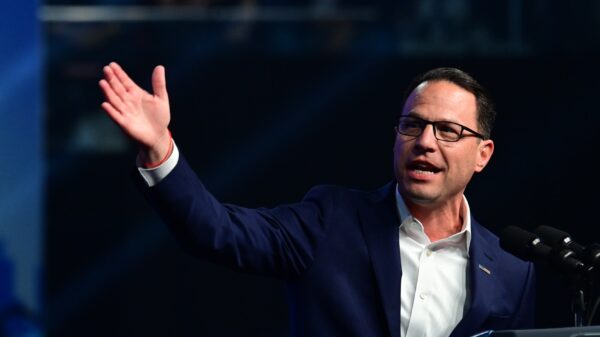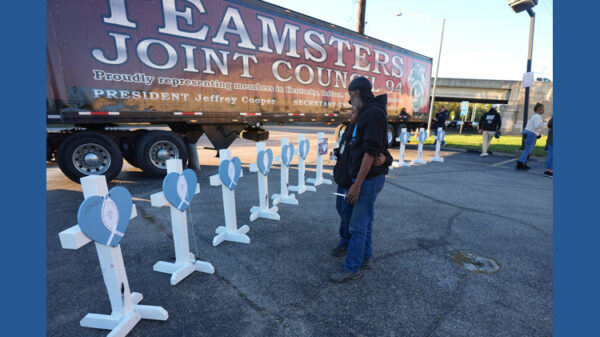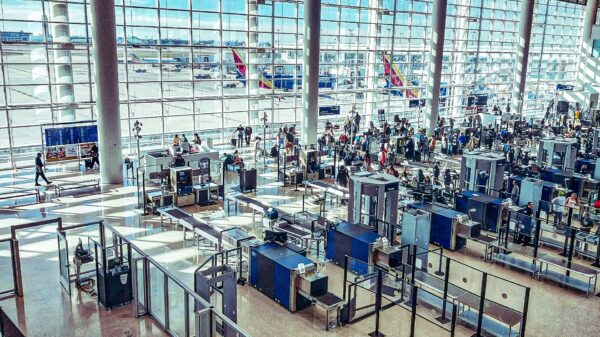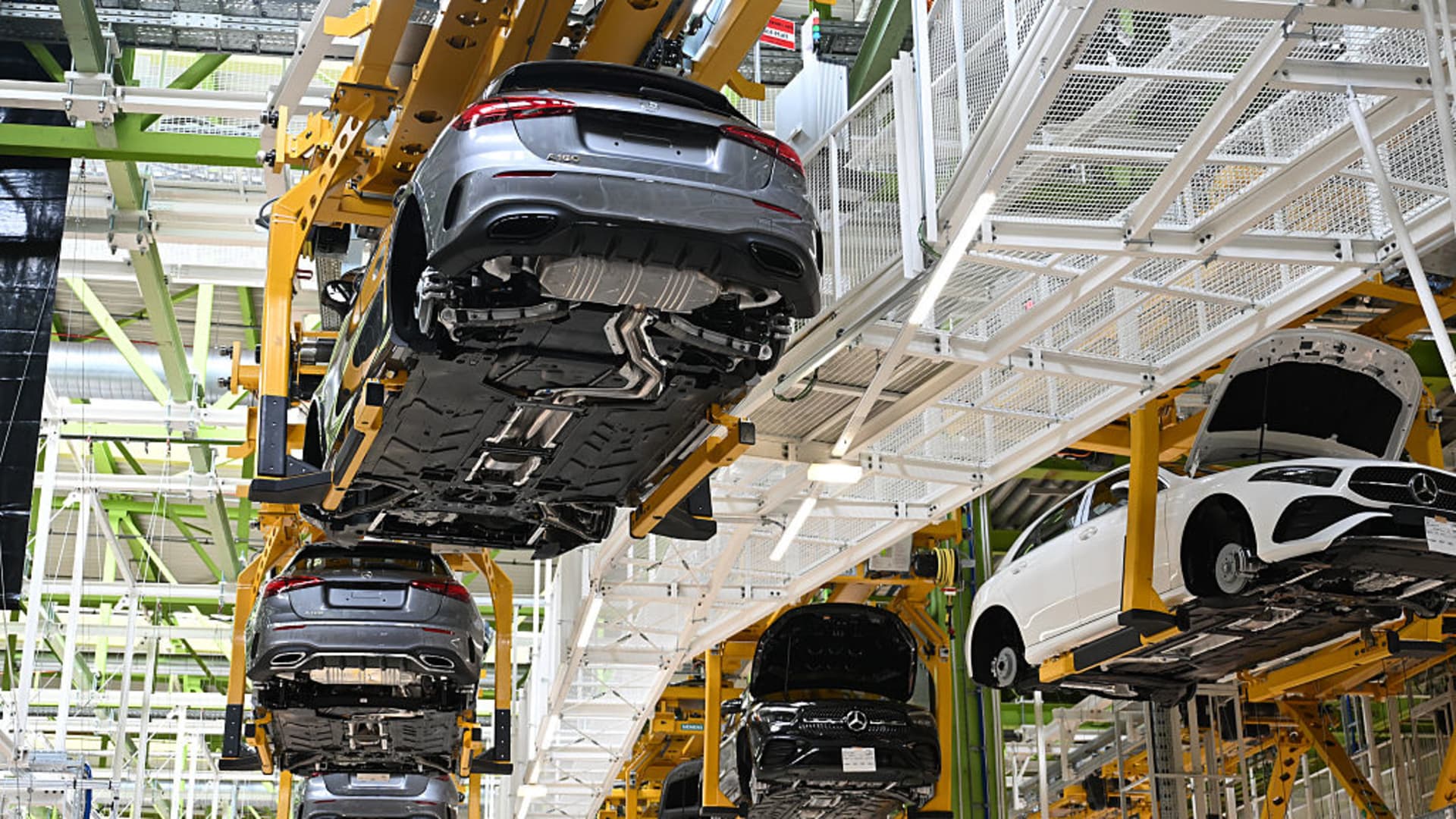UPDATE: A groundbreaking trade agreement between the United States and the European Union has just been finalized, imposing a 15% tariff on most EU goods, including automobiles, effective immediately. This significant reduction from the previously threatened 30% tariff marks a pivotal moment for the auto industry, which is still grappling with the financial fallout of high tariffs.
On July 4, 2025, U.S. President Donald Trump celebrated the deal as a monumental achievement, stating it would be “great for cars.” At a press conference in Scotland, European Commission President Ursula von der Leyen echoed this sentiment, calling the agreement a “good deal” following intense negotiations. However, the implications of this tariff shift are already stirring concern within the automotive sector.
The German Association of the Automotive Industry (VDA) expressed cautious optimism, noting that while the deal prevents a transatlantic trade war, the 15% tariff will still cost German automotive firms billions annually. VDA President Hildegard Müller warned that the new tariff structure places a heavy burden on companies during a critical transformation period for the industry.
“While it is fundamentally positive that a deal has been reached, the impact of this tariff on automotive products is substantial,” Müller stated. The VDA has called for supportive measures to enhance automotive supply chains and improve international competitiveness to attract investment.
The European Automobile Manufacturers Association (ACEA) welcomed the deal as a step toward reducing “intense uncertainty,” but acknowledged that the ongoing tariffs on vehicles and parts will still adversely affect both EU and U.S. industries. ACEA Director-General Sigrid de Vries remarked, “This situation remains a significant burden for the automotive sector.”
Economist Rico Luman from Dutch bank ING emphasized that while a 15% tariff is better than the previous 27.5%, it still presents a major challenge for automakers focused on maintaining profit margins in a tough market. He noted that manufacturers are currently facing pressure from ongoing tariff impacts and a weakened dollar, complicating import costs.
Stock markets responded positively initially, with the Stoxx Europe autos index rising as much as 1.6% before losing momentum. Some automotive companies saw gains, like French supplier Valeo, which was up 4% in early trading. However, major players such as BMW, Volkswagen, and Mercedes-Benz experienced declines of over 1.2%.
Equity analyst Rella Suskin highlighted that EU automakers reliant on imports from Europe are likely to benefit the most from this trade deal. “Companies like Porsche, Mercedes, BMW, and Volkswagen stand to gain significantly compared to Stellantis, which imports a minimal share of its products from the EU,” Suskin noted.
As the automotive industry evaluates the full implications of this agreement, the immediate focus will be on how companies adapt to the new tariff landscape. The trade deal, while offering relief from heightened tensions, still presents challenges that could reshape the future of the auto sector.
NEXT STEPS: Stakeholders are urged to closely monitor the details of the agreement as they emerge, assessing how this shift will affect production strategies and supply chains in the months to come. The road ahead remains uncertain, but the urgency for adaptation is clear.





































































